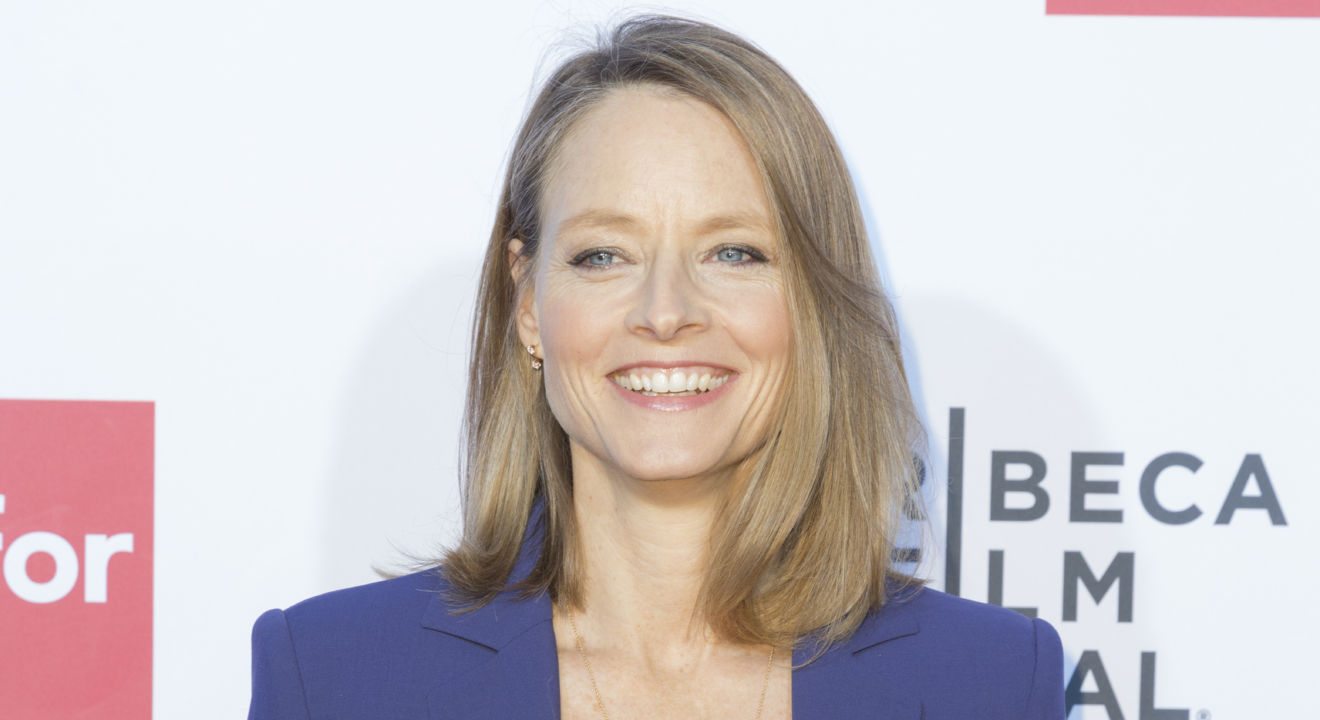Entertainment January 12, 2017


Those calls for gender equality in Hollywood appear to be falling on deaf ears.
A new study has found a 22 percent drop in the number of major movies directed by women last year. Meanwhile the proportion of women in all off-camera moviemaking roles is completely unchanged since back in 1998.
“These numbers make my heart sink,” award-winning director and producer Liz Elkington told ENTITY. “It seems crazy that an antiquated ‘old boys club’ mentality still exists to this degree.
“With an incoming president who has consistently insulted, belittled, sexualized and stereotyped women, we need progress more than ever!” she continued.
READ MORE: Women in Film: ‘Change the numbers, change the game,’ says Rainy Kerwin
It’s a staggering thought that an artistic community like Hollywood could have such a male dominated perspective as certain golf clubs or car factories but the numbers prove the point.
Only seven percent of directors of the top 250 domestic grossing films last year were women, according to a report by Center for the Study of Women in Television and Film at San Diego State University. And only four percent of the top 100 films had a woman behind the camera. That suggests the bigger the budget, the smaller the opportunity for a woman to break the celluloid ceiling.
“Women working in key behind-the-scenes roles have yet to benefit from the current dialogue regarding diversity and inclusion in the film industry,” Center director Dr. Martha Lauzen said in a statement.
Overall, women comprised 17 percent of all the off-camera filmmaking roles considered in the study – such as producing, writing, cinematography etc. That is the same number as back in 1998.
Some of the films that were directed by women last year included Patricia Riggen’s “Miracles From Heaven” (which earned $62 million in America), Thea Sharrock’s “Me Before You” ($56 million) and Jodie Foster’s “Money Monster” ($41 million). Although female directors like Jodie Foster, Barbra Streisand and “Twilight” director Catherine Hardwicke have a high profile, they are the exception rather than the rule.
Clearly, remedies for the under-employment of women in film, such as various campaigns, mentorship schemes and special programs, are proving ineffective as Hollywood studio powerbrokers still seem reluctant to hand women the controls.
READ MORE: Three Ashton Kutchers Are Worth One Natalie Portman
The new report is “shocking but sadly not surprising,” according to Danny De Lillo, chairman of New Filmmakers LA, which encourages emerging talents in the industry. He told ENTITY, “We need to be celebrating stories from all perspectives globally and consistently. That includes the people we hire behind camera. Humanly we need to work together to change this…now.”
But there are some encouraging signs that show things might be changing, according to Liz Elkington, who has been producing and directing for 15 years. “On the flip-side, I’m buoyed by the major studios offering renewed support. Warner Bros, for example, recently launched an emerging talent program designed to give a voice to new directors based on their talent, not gender.
“If more of the major studios and industry decision makers adopt similar strategies and initiatives than I’m hopeful that 2017 can regain lost ground and buck the trend.”
Here’s one sign things might be changing for the better. Summer 2017 blockbuster “Wonder Woman” not only focuses on a positive female icon, it also has a woman in the director’s chair. Patty Jenkins, best known for “Monster,” has that gig. Now where are all the other female directed blockbusters?